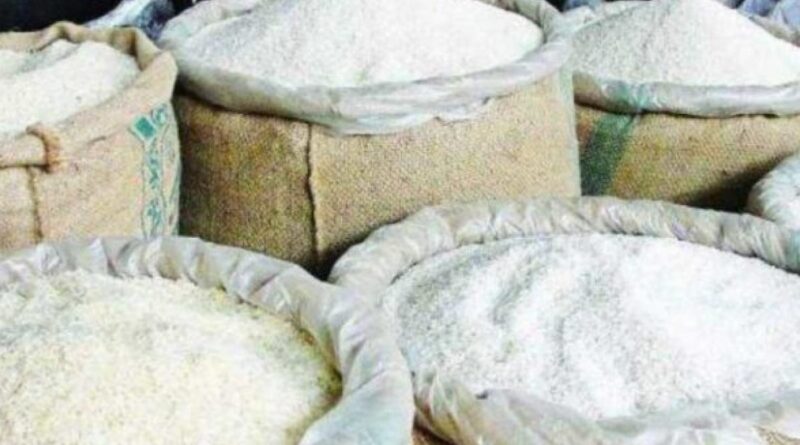Bangladesh to import more rice as domestic prices soar
By Susan Reidy
With domestic prices for rice at an all-time high, Bangladesh is expected to increase its imports in 2025-26, according to a report from the Foreign Agricultural Service (FAS) of the US Department of Agriculture.
Imports are estimated at 1.2 million tonnes, up 100% from the initial estimate and up from the 1.1 million tonnes imported in 2024-25.
The average retail price of coarse rice in July 2025 reached $0.47 per kilogram, up 12% from the same period in the previous year. Also in July, the average retail price of high-quality non-aromatic (fine) rice also reached $0.65, up 13%.
“The price increase is primarily due to higher paddy production and milling costs, price inflation, and an inefficient supply chain,” the FAS said. “Like many other agricultural commodities, the rice supply chain involves multiple market actors, ultimately leading to higher costs for consumers.”
Usually, when the domestic price of rice rises, the government reduces the rice import tariff and allows the private sector to import rice. According to the Bangladesh National Board of Revenue (NBR), private importers are now able to import rice with only a 2% advance income tax (AIT) instead of the usual 62.5% tariff.
Rice harvested area is estimated at 11.7 million hectares, up slightly from 11.4 million hectares in 2024-25 while production is estimated at 37.5 million tonnes, also up slightly from 36.6 million tonnes produced last season.
Wheat is the second most prevalent staple food after rice, with local production accounting for about 10% of total demand, the FAS said.
Wheat harvested area in 2025-26 is down to 290,000 hectares from 300,000 hectares a year ago, and estimated production of 1.05 million tonnes is down from last year’s production of 1.08 million tonnes.
“The lack of improved varieties in Bangladesh has led to a gradual decline in both wheat acreage and production over time,” the FAS said. “Wheat blast disease reduces yields significantly, and farmers are earning higher profits cultivating fruits and vegetables during the robi season.”
Imports in 2025-26 are estimated at 6.7 million tonnes, up from 6.24 million tonnes a year earlier.“In Bangladesh, wheat is used to some extent as an alternative to rice,” the FAS said. “Therefore, the demand for wheat flour is likely to continue to rise while rice prices remain high.”
This article has been republished from The World Grain.

